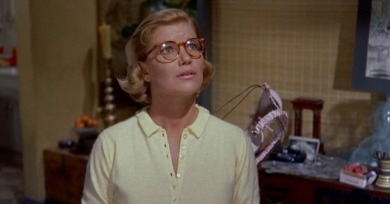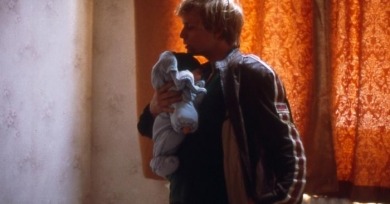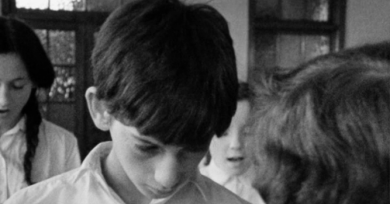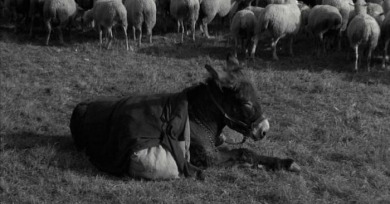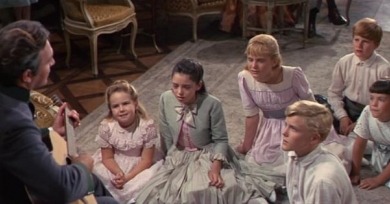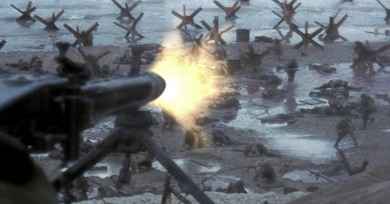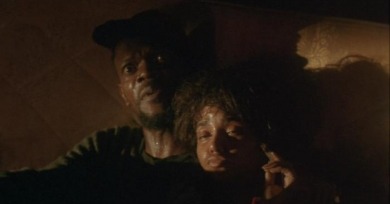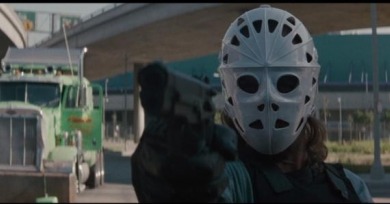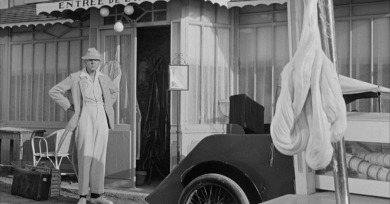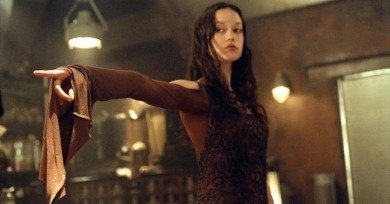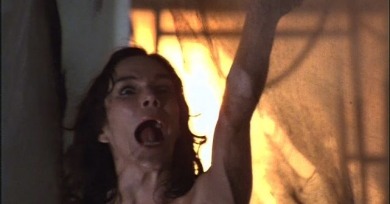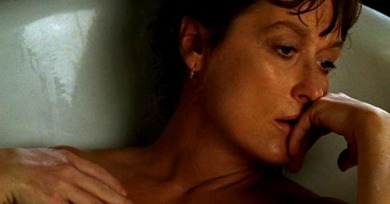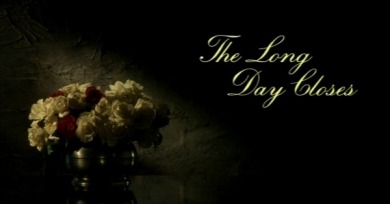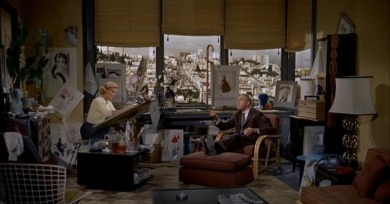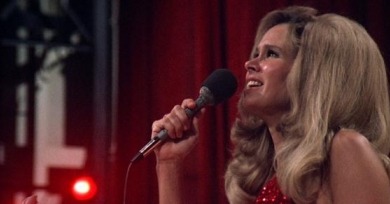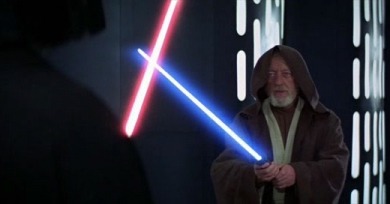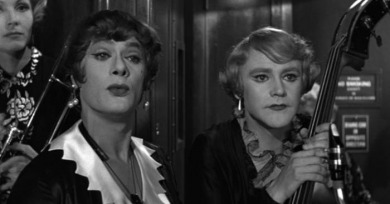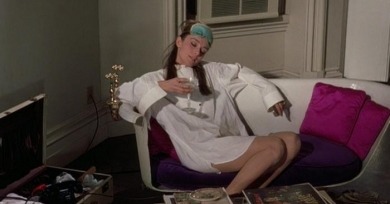Take Three: Reverse Shot Sounds Off
If one shot can contain an entire film in essence, then can a sound?
Passing the wad of bills to the gloved hand in the window, Bruno anxiously inquires whether the child is outside—and the only answer he receives is the prolonged sound of the bills being methodically flicked and counted by a well-schooled thumb.
Pocahontas’s toddler-aged son runs along a hedgerow amid a flock of sheep. The camera follows like a tagalong ghost. The wind comes up.
Douglas provides his audience a primer for how to approach the cacophony of voices that dominate the trilogy in the way he uses a small song in the opening scene of his first film.
Bresson characterized the nature of auditory perception as “profound and inventive,” elevating sound to a hieratic status it had not previously held in the empire of signs.
It’s a minor detail, but if you watch The Sound of Music closely enough, you’ll notice that Captain Von Trapp (Christopher Plummer) keeps a whistle on him practically all the time.
The noise of a gunshot, the most temporally efficient evocation of death, could be argued to be the most purely cinematic sound of all. It contains, in a split second, an aural shock and the fear of its repercussions.
Like many of the finest Spike Lee joints, the 1991 film is inconceivable without its carefully crafted soundtrack, and the music smooths out and opens up new ways of entering into Lee’s dynamic, purposefully choppy structure.
Kaufman demonstrates with the execution of this single word—and all that leads up to it—a mastery of dialogue as sound, and sound as delivered through the cinema-specific device of voiceover narration.
Though it takes place in the recognizable world—that downtown stretch looks unnervingly like one many of us walk everyday—the gunfight in Heat is pure movie: unhinged, excessive.
We’re lulled and invited in—a movie is about to start, the tone is set on fun, until the song, as it approaches the completion of its melodic phrase, is abruptly interrupted by the crisp crash of a wave Foley, perfectly timed to match the picture.
The transformation of River Tam (Summer Glau) from lost little girl to killing machine has taken less than thirty seconds and is signaled almost entirely by sound.
Elizabeth (Brooke Adams)—now inhabited by an alien consciousness, and completely starkers—spots her former friend and, pointing up and in his direction, lets loose with a bloodcurdling scream, a sound effect derived from recordings of pig squeals.
In purely analytical terms, Streep’s voiceover is a sound bridge, asynchronous diegetic sound motivating a flashback to the movie’s story proper.
The British filmmaker begins the narrative proper of his 1992 masterpiece The Long Day Closes with the blazing brass pomp of Twentieth Century Fox’s iconic fanfare, written by Alfred Newman.
CUT TO a high-angle CU of Midge. She glances up at Scottie, then back down at her work.
Far off, muffled, a CAR HORN HONKS.
Altman knows that architecture has an aural as well as a visual dimension, and Nashville is as much about soundscape as anything else.
It begins with a hum. A hum that starts down in the throat and carries up into the mouth. But it doesn’t stop at the lips. You keep your mouth open to project the noise, to send vibrations out rather than back in. It’s a hum without a definite end, without the “m.”
On paper, it’s a non sequitur, a plot quirk meant to add a moment of giggly suspense to the film’s masquerade . . . To view it, however, is to witness a comic epiphany.
neither the off-camera specter of death nor the images of chaos are quite as jarring, nor so viscerally disturbing, as that cat-scratch sound that pierces the harmonious soundtrack.
